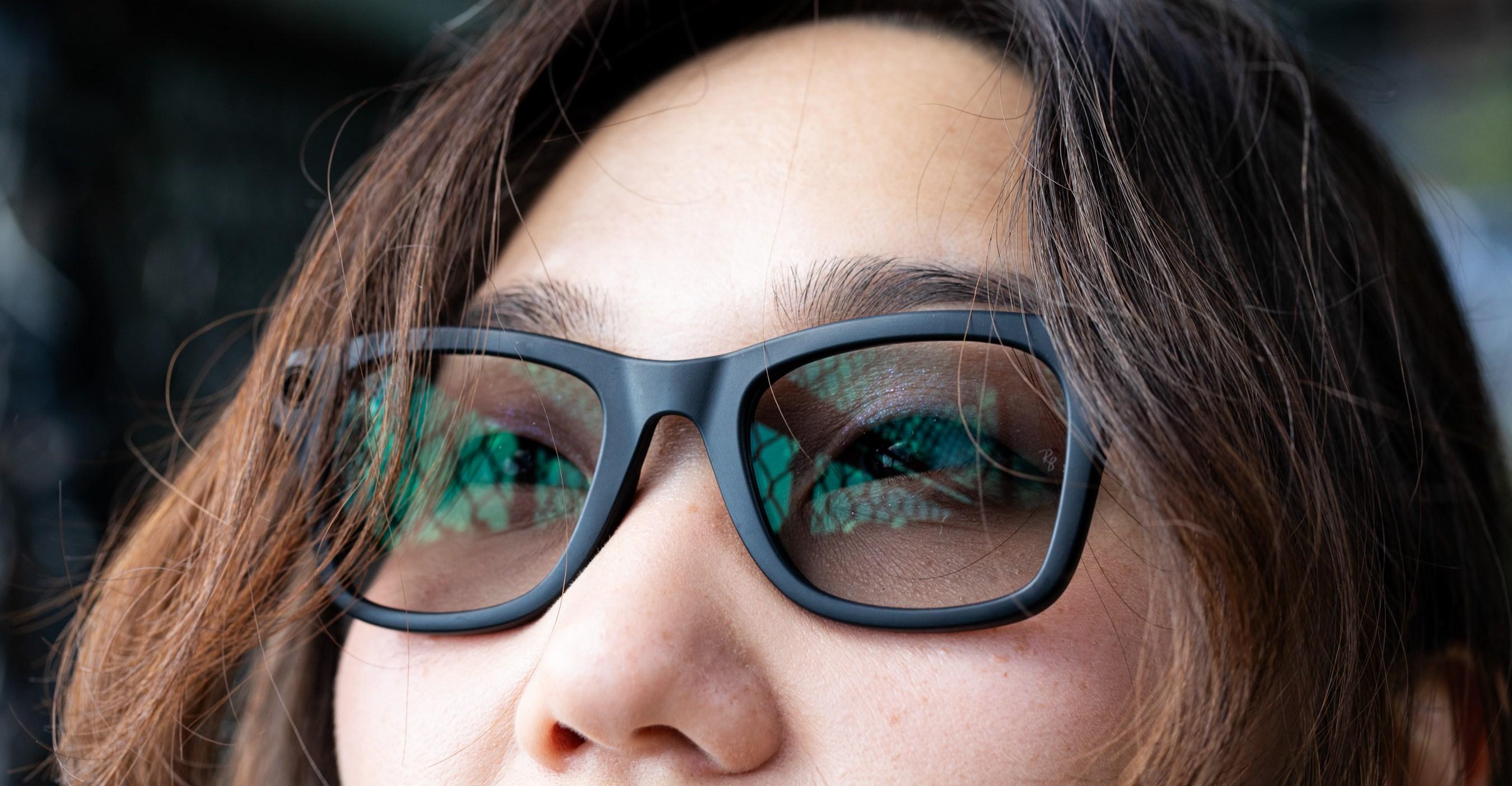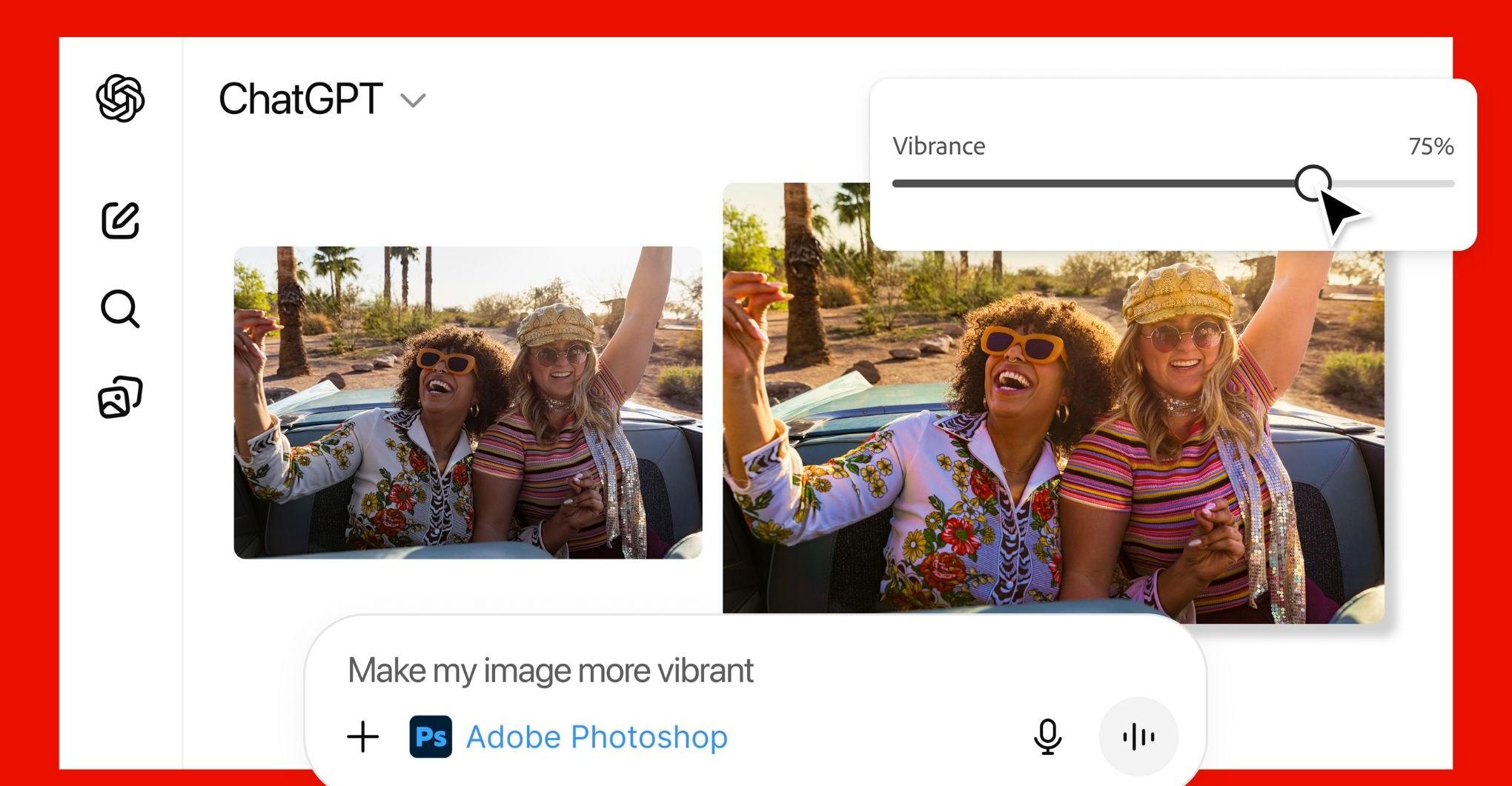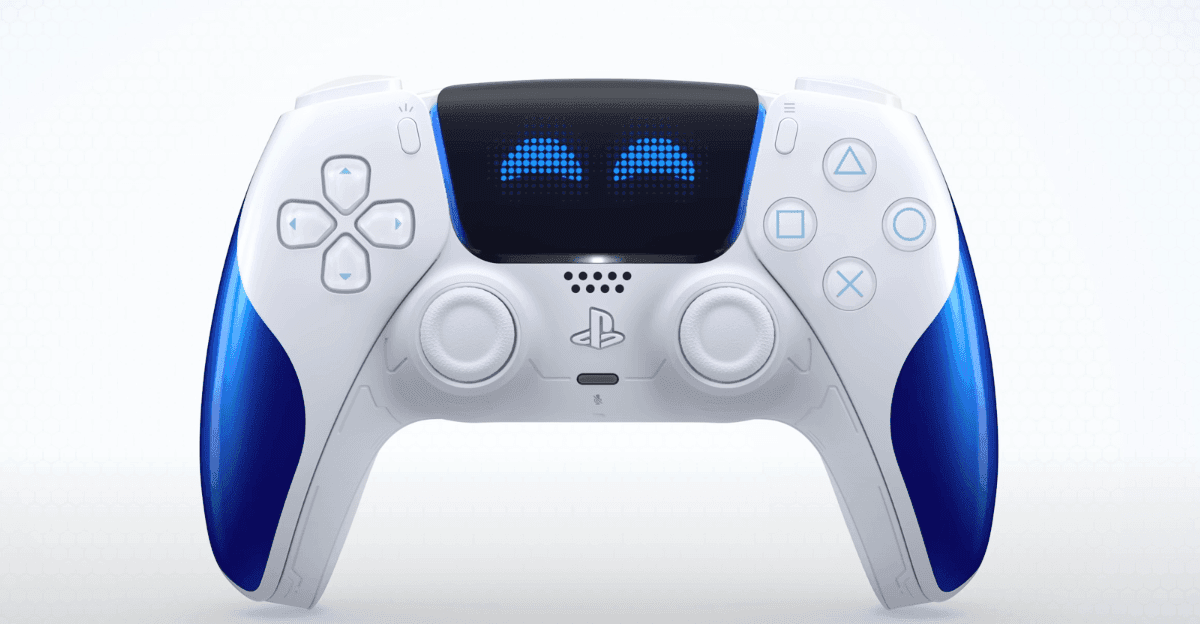Takeshi Honda already had a good gig lined up. The veteran animator was slated to work on Evangelion: 3.0+1.0 Thrice Upon a Time, the next film in the sci-fi series that Honda had worked on in fits and starts over the last two decades. Before starting that job, he partnered with Studio Ghibli’s famed Hayao Miyazaki on Boro the Caterpillar, a short film that aired exclusively at the Ghibli Museum. But as Boro was winding down, Miyazaki came to Honda with a proposition: be the supervising animator on his next feature film.
“Of course I had already booked Evangelion, so I had to say to him ‘I need some time to talk with the other parties, and come to a decision.’ I had to stall,” Honda said. “But Miyazaki was in quite a rush and was very loud about this. He said ‘I don’t have any more time. Nobody in the Miyazaki family has lived beyond 80. This is probably going to be my last film so you have to come on board.’ And when Miyazaki says that to you, really there’s no way to say no.”
That film would turn out to be The Boy and the Heron, which premiered in Japan earlier this year and is out in North America next month. Honda has worked on some of the most influential anime ever; not only Evangelion but also the likes of Ghost in the Shell and Bubblegum Crisis. But he’d always admired the work of Miyazaki and Studio Ghibli. This, coupled with the fact that he’d already spent a long time working on Evangelion, made the decision a little easier. “Since I had been working on the Evangelion series for more than 20 years,” says Honda, “I thought maybe it’s time to team up with Miyazaki.”
He didn’t have much to go on at first. All Honda knew going in was that The Boy and the Heron would be a movie inspired in part by Miyazaki’s childhood. And once he started learning the details — it’s a film that features everything from warrior parakeets to a cosmic game of Jenga — things weren’t any clearer. “When [Miyazaki] showed me the storyboard, and I read until the final scene, it sounded very confusing to me and I didn’t quite understand it,” Honda says. It wasn’t until he saw the movie in its completed form that everything fell into place. “I could sense the will and the determination and the commitment that [Miyazaki] put into this one, which was moving. It’s something that I don’t often feel with the films that I involve myself in.”
The Boy and the Heron was in the works for some time. It was initially announced in 2016, with Miyazaki coming out of retirement (again) to direct. Production began a year later. During that time, Honda says, his working relationship with the director was essentially split into two different periods, with Miyazaki becoming more trusting — and less hands on — as things progressed.
“There was a lot I could do that wouldn’t be allowed at other studios.”
“During the first one or two years of working on this project with Miyazaki, there was a lot of feedback from him,” Honda says. “He would say to me ‘No, the eyes should be drawn this way’ or ‘The nose should be like this.’ So it was one or two years of him hammering his style into my work. And then after that I was kind of left to my own devices and I naturally reverted to my own style. I think Miyazaki knew, but was like ‘Oh, whatever, just let him do his thing.’ It wasn’t a deliberate decision on my end, but I think it ended up being my own style anyway.”
Honda also found that relatively long gestation period for the film to be a positive, mostly because there was no fixed premiere date in place. This allowed the team to put more time into things without a deadline looming over them. “There was no sense of exhaustion,” says Honda. “It’s much more exhausting when you’re working under time constraints. So with this one — I mean, I’m sure the budget was quite high — there was a lot I could do that wouldn’t be allowed at other studios.”
As an example, Honda cites the film’s opening scenes, which involve a tragic and devastating fire. It’s something the team worked on and tweaked for almost the entire length of production. “Because it’s a first sequence, with other studios you’d probably gloss over it,” he says. “Whereas with this production we spent the entire six years mulling over this scene.” Likewise, the animators used “almost no CGI,” instead focusing on hand-drawn animation, a process that’s both time-consuming and expensive, putting it out of reach for most studios.
And while Honda has worked on a number of notable films and shows, The Boy and the Heron is one that comes with very particular and strong expectations. For the length of its production it was widely believed to be the final film from Miyazaki, a movie that would close out one of the most famed careers in cinematic history. “There was that added pressure of ‘Oh, this is really urgent.’ But you really become accustomed to that pressure once the work starts,” says Honda,” and you start to think ‘Oh, this is a long process indeed.’”
The Boy and the Heron hits theaters in North America on December 8th, and it’s a strange and fascinating experience. One that’s both quintessentially Ghibli and also largely unlike anything the studio has done before. However, despite the 82-year-old Miyazaki’s original pitch to Honda, it doesn’t look like it’ll be his last movie after all.
But it was still worth the time and effort, at least for Honda. He initially had to make a big choice about whether to work on the film at all. It felt like the correct choice and the time — and six years later that’s still the case. “I think it was the right decision,” Honda says with a laugh.



:format(webp)/cdn.vox-cdn.com/uploads/chorus_asset/file/25103125/619436736.jpg)
















